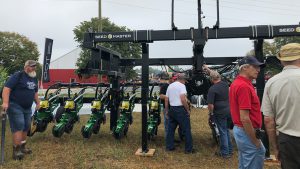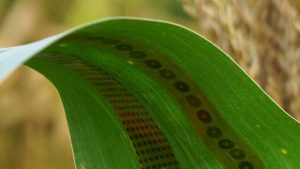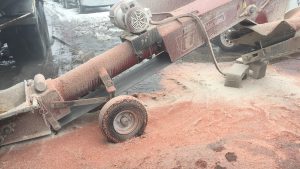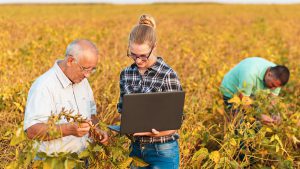Drone work
NEW REGULATIONS SETTLING IN WITH SERVICE PROVIDERS
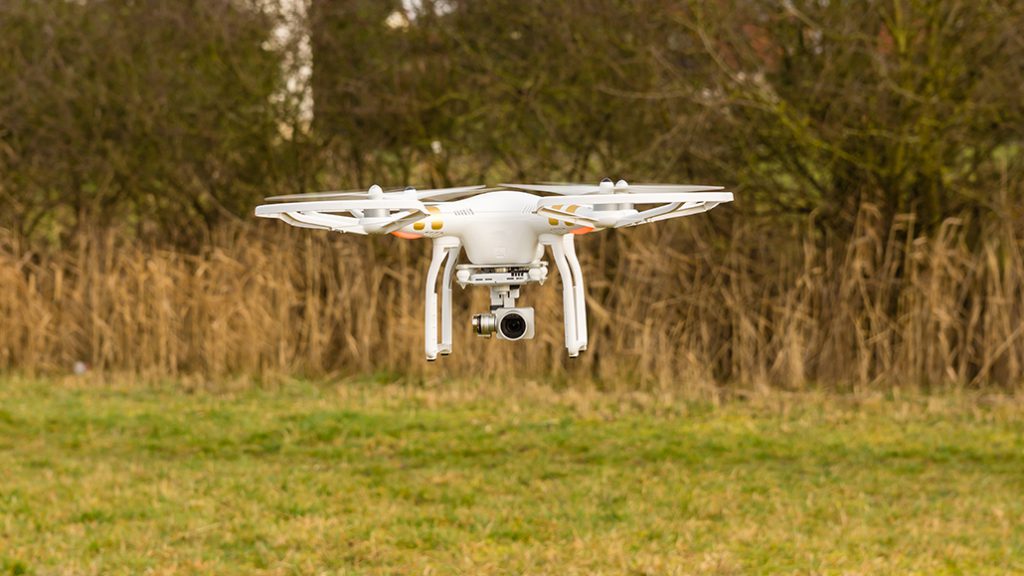
ON JUNE 1, a new set of Transport Canada rules for flying drones came into effect.
From the perspective of service providers, the latest regulations haven’t brought on any major changes to their day-to-day drone operations. But what the regulations may end up doing is creating a few more barriers for the average farmer looking to fly drones on their own.
Felix Weber, president and founder of Ag Business and Crop Inc., was involved with Transport Canada in creating the new drone rules and provides flight training and certification courses to drone pilots.
TRAINING
He says most of his clientele tend to be professional drone operators or service providers, though he also works with a small number of farmers flying their own drones — especially as the cost of technology has come down.
The training provided by Weber and his group covers the full gamut of Transport Canada knowledge requirements and is designed for professional use with drone safety top-of-mind. Weber says he and his team are also stressing the importance of properly registering drones, getting a Special Flight Operations Certificate (as required) and writing the newly-mandated Transport Canada drone pilot exam.
“There are a lot more fines going out now for people not following the rules,” cautions Weber. “Now that the new regulations have been made public, Transport Canada isn’t going to accept the excuse that you didn’t know, weren’t familiar with the laws, or were just flying over your field.”
Weber says he has seen a slight uptick in the amount of drone operators seeking out training from his company and believes that the new regulations have actually made it easier to operate drones.
“Once you’ve passed the basic or advanced exam — and flight review if necessary — you have the ability to fly with fewer limitations than ever before,” he explains. “With the basic or advanced exams, the idea is to understand more about aviation law and practice and how to apply that to drone use.”
He adds that many of the professional operators that attend his training already have high standards in safety, and work with them to develop their drone-specific protocols and knowledge.
“I am a firm believer that drones have their place in agriculture, but what it comes down to is what information you need from using a drone, and at what level of detail, to bring return. This is where industry professionals are a great resource,” says Weber. “People looking to purchase drone equipment on their own need to make sure they understand the requirements going in and then decide for themselves if it’s worth the investment.”
CERTIFICATION
Norm Lamothe, a grain farmer and head of UAS Agriculture with Deveron UAS Corp., says the new Transport Canada rules haven’t brought about any sweeping changes to his company’s drone practices.
“We were already at the highest level of compliance with Transport Canada to begin with and following all of the parameters that the new regulations have implemented,” he says.
The only minor difference on his end, says Lamothe, is that his pilots now have to complete and pass a qualification exam that they would have already written internally as part of Deveron’s standard company policy for all of their drone operators.
“When we designed our commercial drone operations, we had already factored in a lot of the provisions that Transport Canada is now mandating,” he explains. “Our internal procedures and protocols already accommodate many of the changes that came out.”
While things haven’t changed for Lamothe as a drone service provider, he suspects the new regulations have impacted farmers wanting to fly their own drones. Though, he points out that — to date — there hasn’t exactly been a mass adoption of drone technology in agriculture.
“My thought is that the new Transport Canada rules have probably made it more challenging for the average farmer to operate a drone on their farm,” he says. “But it’s not like we’re seeing this swarm of drones all of the sudden being grounded.”
Spending the time on a drone pilot course and writing a qualification exam is one potential barrier, says Lamothe. Growers should also have a way of capturing and actually using the data that can be mined from aerial drone imagery.
Lamothe points out that a farmers’ decision to employ drones on their farms in most cases comes down to being able to draw new insights, data, or information from imagery. But gathering these valuable insights requires a whole other level of expertise and interpretation.
“I don’t think most farmers are equipped to analyze and use the data from drones the way we would as a service provider,” he says. “And I suspect the extra piece of having to get fully qualified to fly would be quite burdensome.”
Lamothe adds that farmers who are interested in the potential precision farming benefits from drone imagery will likely find it cost effective to simply buy the solution from a qualified service provider.
“At the end of the day, hiring a drone service provider wouldn’t be any different than bringing in a custom applicator for your farm,” says Lamothe. “I’m finding that the general consensus out there seems to be that rather than invest the time and energy getting qualified to fly, it’s easier to have someone else do the drone work.” •


















